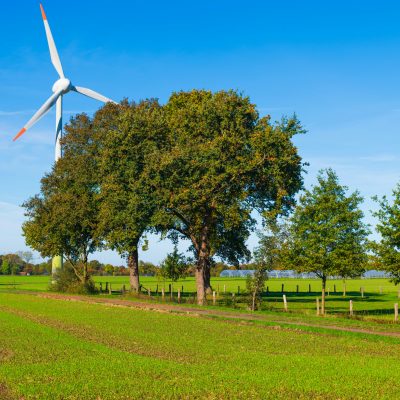A European Border Carbon Adjustment proposal
Greening EU trade 3

The COVID-crisis paves the way for a reconfiguration of the world economy, the extent of which remains, at this stage, uncertain. Production systems are likely to undergo relocation movements and see the diversification of value chains. The focus of international trade actors’ attention on health and environmental issues – the linking of which appears to be more clear – should also accelerate the transition from protectionism to “precautionism”. In the time that separates us from the post-crisis world, the promotion of greener trade becomes ever more urgent.
The European Commission’s communication published on 27 May 2020 as part of the presentation of the “Next Generation EU” Recovery plan included an upcoming proposal for a Carbon Adjustment Mechanism at the Union’s borders by 2021. The measure will, according to the terms of the communication, “be a new own resource for the EU budget and help repay funds raised for Next Generation EU in the future”. The measure is also presented as a means of addressing the risk of carbon leakage, in compliance with WTO rules.
The issue of border adjustment, which for the last ten years has regularly reappeared on the European political agenda, has made a strong comeback in a context where the EU has decided to move towards carbon neutrality by 2050, and where many industrial sectors are increasingly concerned regarding the impact that this objective will have on their competitiveness. To achieve the climate objective, it will be necessary to achieve high levels of carbon pricing within the Union as a matter of priority. This will have to be done, for energy-intensive sectors, through the European Emissions Trading Scheme (ETS). According to a recent report of the Centre for Climate and Energy Analyses, the allocation price under the EU ETS should reach €52/tonne in 2030 if the new target is a 50% reduction in emissions compared to 1990 levels and €76 in 2030 with a target of 55% reduction.
However, via the rapid fall in the EUA price, the COVID-2019 crisis has revealed a major flaw in the system, the likes of which could be rectified by the introduction of a CO2 floor price.
The logic of the carbon adjustment mechanism is primarily linked to the will to avoid the carbon leakage that is likely to occur when carbon price differentials lead to a relocation of the most emitting activities to regions with more permissive legislation. With lower carbon prices, carbon leakage could be considered limited. As soon as we move towards a significant increase in carbon prices on the European market, the risk of carbon leakage can no longer be underestimated.
The heightening of the carbon leakage phenomenon would pose a significant problem as it would counteract efforts to reduce CO2 emissions on a global scale.
As a net CO2 importing region wherein carbon emissions from imported products account for approximately 30% of domestic CO2 production, a border adjustment would prove to be relevant for the European Union’s climate objectives, albeit potentially negative for some of its trading partners, those particularly affected being least developed countries and exporters of carbon-intensive products.
In developing its adjustment mechanism, the Commission will have to find its footing on two fronts – one political, the other, legal. On the political front, it will have to grapple with past experiences and various aborted proposals while also preserving a climate of consensus at the European level. Legally, the proposal will have to be carefully crafted to be compatible with the provisions of WTO rules to which the EU has subscribed.
This paper reviews the technical and political difficulties behind IMF Managing Director Kristalina Georgieva’s position at the World Economic Forum in Davos on 23 January 2020, who publicly expressed concerns about the implementation of such a measure. With the support of the European Climate Foundation, this paper – the third in the series “Greening EU trade policy” – also takes stock of past attempts and reviews the legal and political criteria that need to be met for the adjustment mechanism to effectively meet its objectives. While recalling that an increase in the domestic price per tonne of carbon and the abolition of the free allocation system are necessary prerequisites for any corrective measures of a commercial nature, this note concludes that the European Commission should work towards a progressive mechanism parallel and equivalent to the EU ETS. This mechanism should initially target electricity and cement and then be extended to additional products subject to carbon pricing in the EU, subsequently paving the way for carbon pricing system convergences among trading partners.






